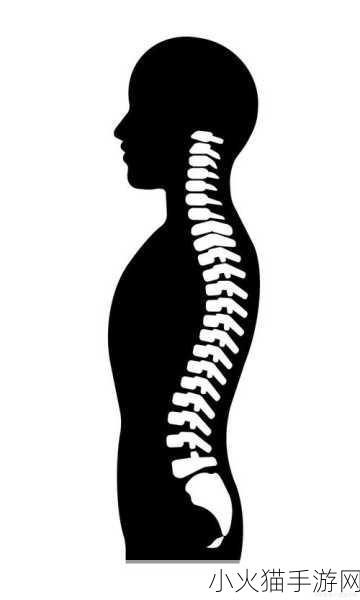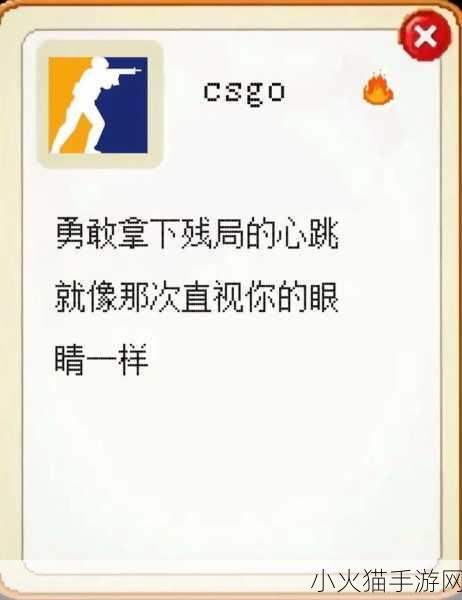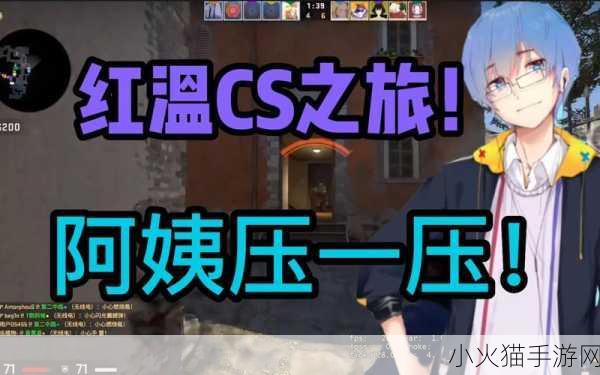宝宝用力嗯脚翘起来的原因解析
许多家长在观察到宝宝用力嗯、同时双脚翘起时,往往会感到疑惑。这种现象可能是因为多种因素引起的,包括生理反应、情绪表达以及发育阶段等。了解这些背后的原因,可以帮助父母更好地理解和照顾自己的孩子。
自然生理反应
婴儿时期,身体各个部分正在快速成长与发展。当宝宝感觉不适或有肠胃问题时,他们可能会通过特殊姿势来缓解这种不适。例如,当消化系统出现问题,如胀气或者便秘,宝宝常常会将腿部抬高,并伴随“嗯”的声音,这是为了尝试减轻腹部的不适。此外,这种姿势也可以促进排气,从而使他们感到更加舒畅。
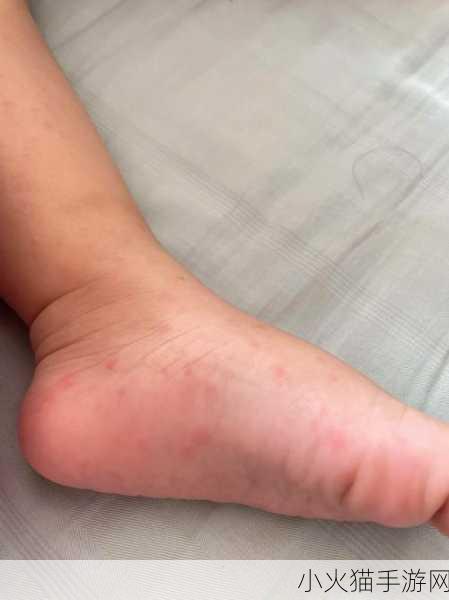
探索自我运动能力
Babies are naturally curious and constantly explore their physical capabilities. When they kick or stretch, it’s often a way for them to experiment with movement and strength. This behavior can be observed during tummy time or when they're lying on their back. Babies may arch their backs and lift their legs in an attempt to roll over or prepare for crawling.
情绪和心理需求
The act of kicking feet while making sounds can also indicate emotional reactions. For example, babies might express excitement by flailing their limbs enthusiastically or show discomfort through more restrained movements accompanied by vocalizations like “mmm.” Parents should pay attention to the context—if it happens during playtime, it's likely joyful exploration; if it coincides with feeding time, it could signal hunger.
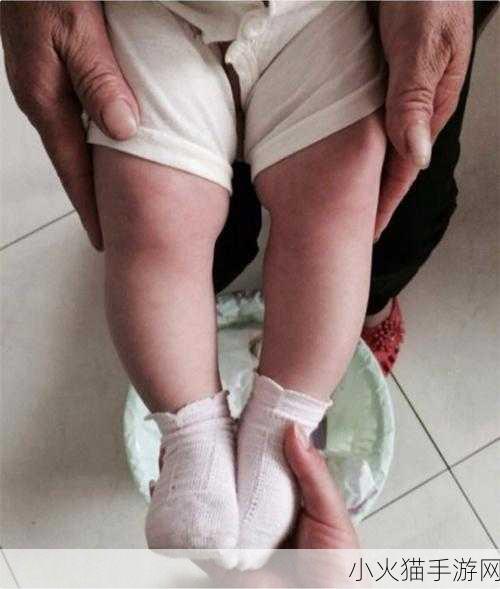
不同年龄段表现差异
This behavior varies across different developmental stages. Newborns may exhibit reflexive actions as part of normal neural development, while older infants do so deliberately as they gain muscle control and coordination skills. Each stage brings its own set of reasons behind why a baby might push up with their legs or make certain sounds.
注意事项:何时寻求专业意见
If parents notice persistent patterns that seem unusual—for instance, consistent crying paired with leg lifting without clear cause—or any signs of pain such as excessive fussiness after meals, seeking advice from pediatricians is advisable. Maintaining open lines of communication about these behaviors helps ensure that potential issues are addressed early on.
如何处理这一行为?一些互动小贴士:
- Tummy Time: Encourage regular tummy time sessions where your baby can practice using those muscles safely under supervision.
- Cuddle & Talk: Engage frequently during moments when your child displays this behavior; talking gently may provide comfort while enhancing bonding experience.
- Pediatric Visits:
